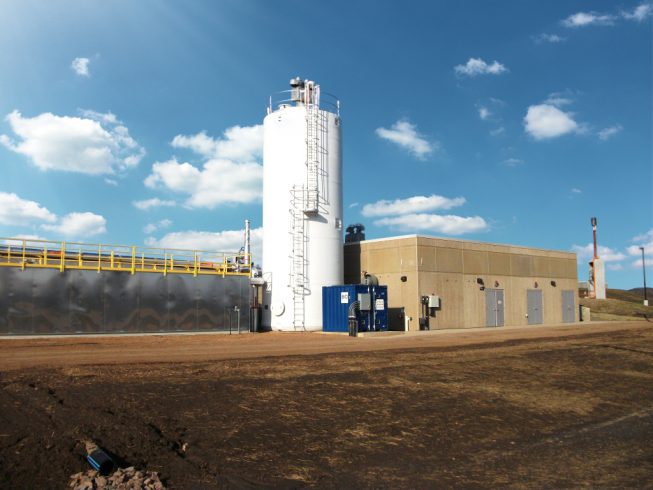BiogasCleaner

Overview
H2S removal is one of the key steps when biogas is recovered and used to run engines to generate electricity. In order to ensure a long engine life and maintain the manufacturer’s warranty, it is necessary to remove water and harmful contaminants before the gas is burned in the engine. The biogas typically goes through the following treatments:
1. Removing the H2S – using either our 235 Series/ 236 Series Gas Purifiers or the Biogas Cleaner.
2. Chilling and drying the gas – See our 237 Series Gas Chiller Drying System.
3. Siloxane removal – as a final step when and if required.
Which type of H2S removal system to choose will depend on how much sulfur needs to be removed. While iron sponge is an economical alternative for low flows and concentrations, biological H2S removal handles higher flow rates and higher concentrations of H2S without costly media replacement.
Because the biological system uses sustainable bacteria, the media does not need to be replaced resulting in an overall lower operating cost. The only residual product from the biological process is a liquid sulfate solution that is normally mixed with the treated effluent or biomass from the digesters and recycled to the fields as valuable S-fertilizer.
